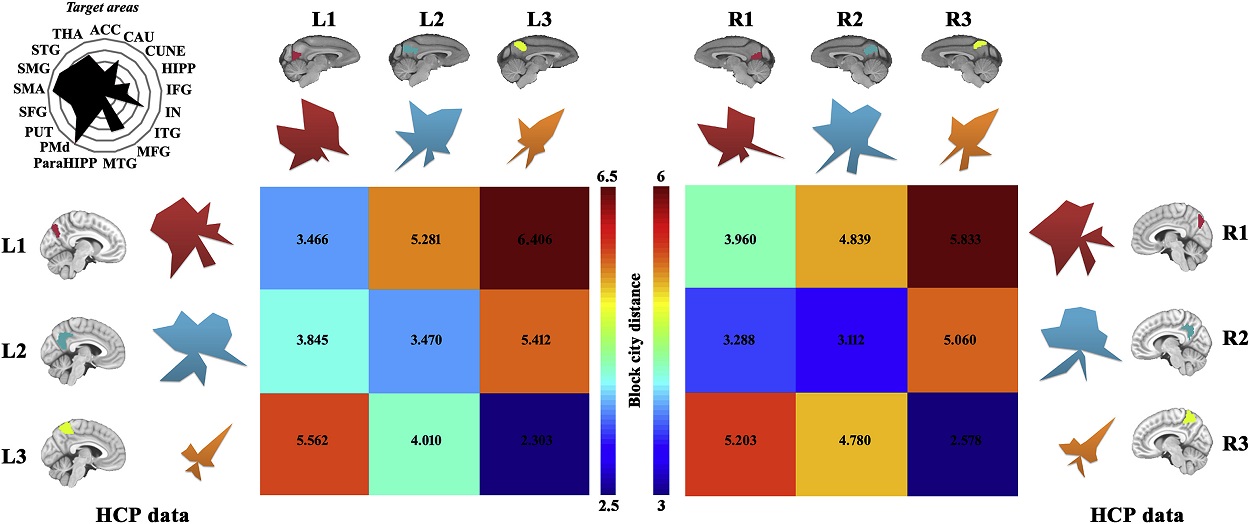- Home >> Latest News
Corresponding anatomical and coactivation architecture of the human precuneus showing similar connectivity patterns with macaques
Jiaojian Wang a,*, Benjamin Becker a, Lijie Wang a, Hai Li b,c, Xudong Zhao d, Tianzi Jiang a,b,c,d,e,f,*
a Key Laboratory for Neurolnformation of Ministry of Education, School of Life Science and Technology, University of Electronic Science and Technology of China, Chengdu, 625014, China
b Brainnetome Center, Institute of Automation, Chinese Academy of Sciences, Beijing, 100190, China
c National Laboratory of Pattern Recognition, Institute of Automation, Chinese Academy of Sciences, Beijing, 100190, China
d State Key Laboratory of Brain and Cognitive Science, Institute of Biophysics, Chinese Academy of Sciences, Beijing, 100101, China
e CAS Center for Excellence in Brain Science and Intelligence Technology, Institute of Automation, Chinese Academy of Sciences, Beijing, 100190, China
f University of Chinese Academy of Sciences, China
Abstract:
The precuneus (PCun) is one of the most expanded areas of the association cortex and plays an important role in integrating information from different modalities. However, whether the functional architecture of PCun is shared by humans and macaques is an open question. We used both anatomical connectivity and task-dependent coactivation patterns to parcellate the human PCun and consistently identified three subregions in the human PCun using two independent datasets. Two subregions were located in the dorsal PCun and one subregion was located in the ventral PCun. This parcellation scheme for the PCun was supported by identifying the subregion-specific networks and by functional characterization. Then, the absolute and relative gray matter volume of precuneus in human and macaque was calculated and significantly smaller absolute and relative gray matter volume in macaque was identified. Next, three macaque PCun subregions were defined based on our tractographic atlas. Finally, the whole brain anatomical connectivity patterns and connectivity fingerprints with 17 predefined homologous target brain areas were mapped for each PCun subregion and revealed that the PCun shares similar anatomical connectivity patterns in humans and macaques. The similar anatomical connectivity patterns of PCun were validated by an independent in-house dataset. Our findings demonstrated that anatomical connectivity patterns can reflect the functional architecture of the PCun in humans and that the functional architecture of the PCun is similar in humans and macaques.
Keywords: Precuneus, Anatomical connectivity, Coactivation, Parcellation, Macaque

Figure. Human and macaque anatomical connectivity fingerprints for each precuneal (PCun) subregion were mapped using Human Connectome Project (HCP) data and macaque diffusion MRI data. The anatomical connectivity probability between each PCun seed region and each target was obtained for humans and macaques. Then, the anatomical connectivity was normalized and the mean connectivity probability was used to map the anatomical connectivity fingerprints. The block-city distance was used to calculate the similarity between the fingerprints of each PCun subregion in humans and macaques. Anatomical connectivity fingerprints identified correspondent PCun subregions in humans and macaques.
